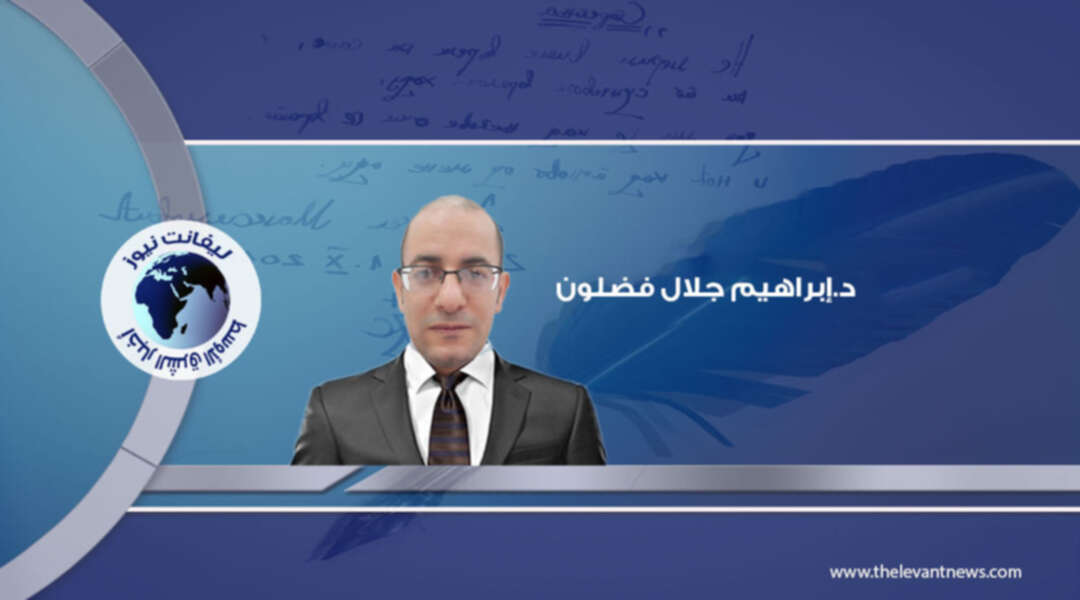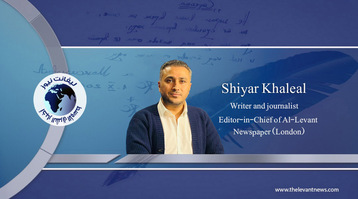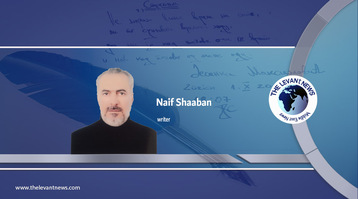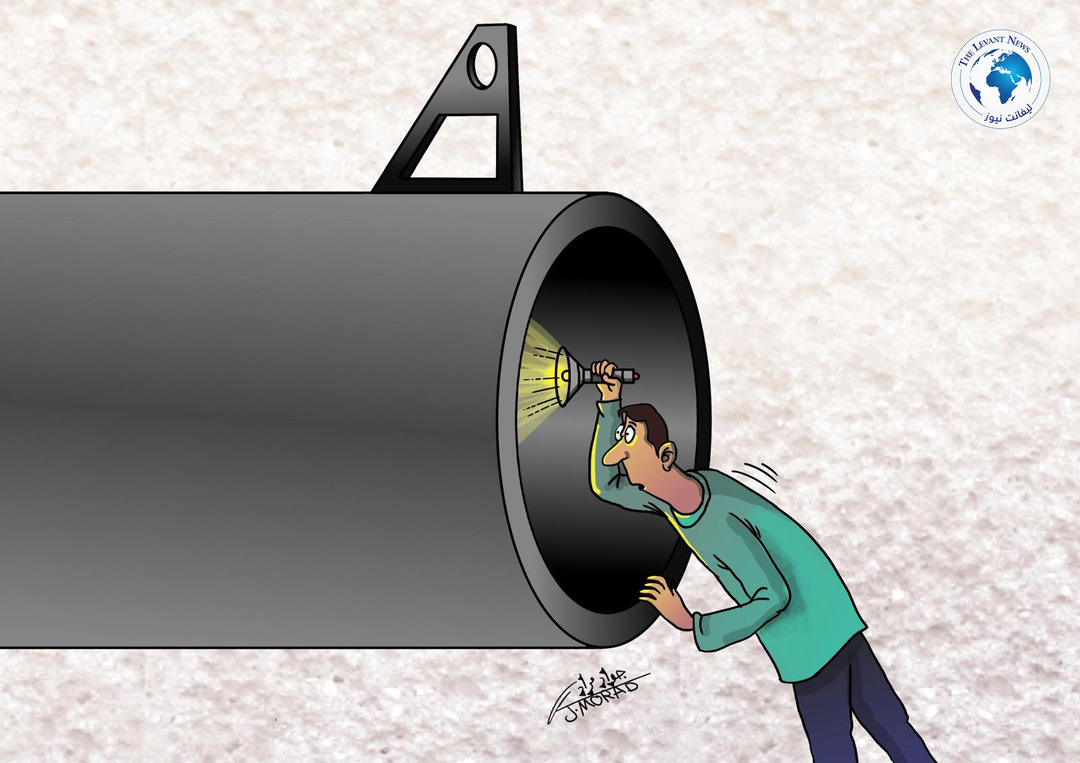-
The Two Pillars of the Arab World: Egypt and Saudi Arabia Face International Challenges

King Abdulaziz stated, "The Arabs cannot do without Egypt, nor can Egypt do without the Arabs." In 1956, the Kingdom stood with its sister Egypt, providing around $100 million after the American proposal to build the High Dam was withdrawn, and supported Egypt during the Tripartite Aggression. After the aggression ended, King Salman headed a committee to collect donations for the people of Suez, called the "Suez Disaster Donation Committee," when he was the Prince of Riyadh. Additionally, a mutual defense agreement was signed between the two countries in 1955. We should also remember the historic decision by King Faisal bin Abdulaziz during the October War to cut oil supplies to halt the aggression against Egypt. This extends to the Kingdom's positions during Egypt's revolution against the Muslim Brotherhood.
Thus, the political coordination and consultation between the leaderships will never be interrupted between these two great nations, which directly influence the leadership of the region and the direction of international issues, as they are the pillars of Arab security and protection that have stood the test of time through good and bad, aligned in vision between their peoples and maintaining a relationship that stems from the Arab heart. This was deepened by the first meeting between His Majesty King Farouk and His Majesty King Abdulaziz, may God have mercy on them, in 1945 in Egypt. The recent visit of the Egyptian president to the Kingdom and the visit of the Prime Minister a month ago, preceded by at least 20 reciprocal visits between the two sister countries since May 30, 2019, exemplifies the warm welcome received during the visit from the depth of the Egyptian homeland to His Royal Highness Crown Prince Mohammed bin Salman and his pivotal vision under the wise leadership of the Custodian of the Two Holy Mosques, King Salman bin Abdulaziz, and President Abdel Fattah el-Sisi.
Economically, according to the Vision 2030 of both countries, investment doors have opened on both fronts, especially for Egypt. The expected foreign currency inflows after the agreement with the International Monetary Fund will exceed $20 billion, as financing institutions and international development partners will support the Egyptian economy with additional funding packages. Notably, there is a shared trade and growing cooperation between the two giants of Arabism, with a 41% increase in trade exchange between the two countries, and $26 billion in Saudi investments in Egypt. The activation of the Saudi-Egyptian investment protection agreement is evidence of the international standing of Egypt and Saudi Arabia and their influence in international decisions and regional issues, particularly Gaza, Yemen, and Lebanon. Hence, the strategic partnership between them is solidified to achieve optimal investment for shared interests and cooperation opportunities across various sectors and developmental targets. Deepening Arab relations culminated in a memorandum of understanding between the ministries of finance of Saudi Arabia and Egypt regarding the establishment of high-level financial dialogue, which will reflect positively on other areas. Economically, more than 6,285 Saudi companies are active in Egypt, with investments exceeding $30 billion. Conversely, there are 274 Egyptian brands and more than 574 Egyptian companies in Saudi markets. The volume of trade exchange between the two countries between 2016 and 2021 was about $47.7 billion, and the volume of non-oil Saudi exports to Egypt increased by 6.9%, reaching $1.9 billion in 2021.
This is not the first instance of cooperation in various fields of financial policies to keep pace with global economic developments and to explore opportunities for technical collaboration between both sides and their affiliated bodies and capacity-building programs, as well as any other areas pertaining to financial policies. Saudi Arabia has injected new investments this year, 2024, amounting to approximately $1.5 billion, mostly targeted towards the industrial sector, as well as the energy, real estate, and infrastructure sectors in Egypt. Current group investments in Egypt amount to $5 billion, and the volume of trade between the two countries reached $5.6 billion in 2022, compared to $4.5 billion in 2021. For example, Hydrogen Egypt is expanding in the Saudi market, which is a primary source for providing clean energy supplies to Asian nations where demand is increasing daily, and is considered the fuel of the future, focusing on the integration of the Egyptian and Saudi markets in the green hydrogen sector, which was globally valued at about $150 billion in 2020, with expectations to reach $600 billion by 2050.
It is worth mentioning that the Kingdom hosts more than 800 Egyptian companies that invest in it, aiming to increase this number. The volume of Egyptian investments in Saudi Arabia has reached $5 billion, while Saudi investments in Egypt total $32 billion through more than 6,400 companies, leading to a growth of 41% in trade volume between the Egyptian and Saudi sister countries in 2022 compared to 2021, amounting to 20 billion riyals
BY: Ibrahim Jalal Fadhloun
You May Also Like
Popular Posts
Caricature
opinion
Report
ads
Newsletter
Subscribe to our mailing list to get the new updates!


















